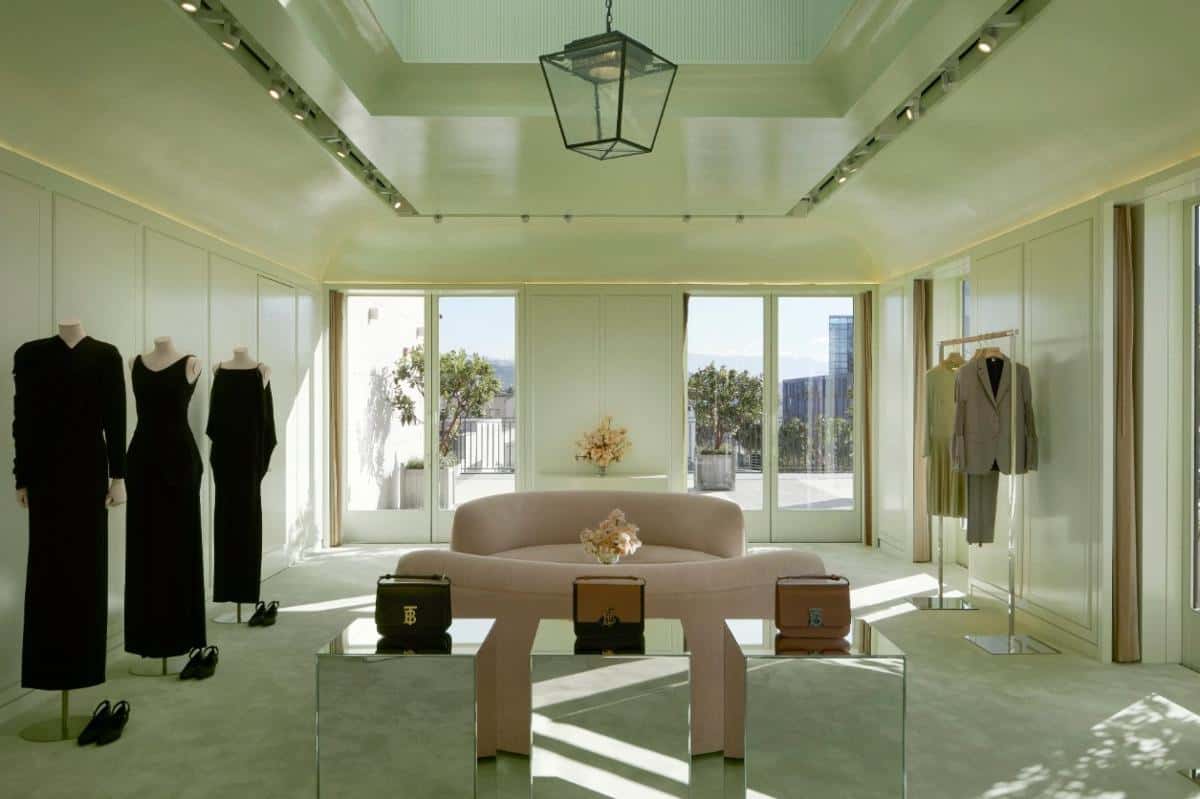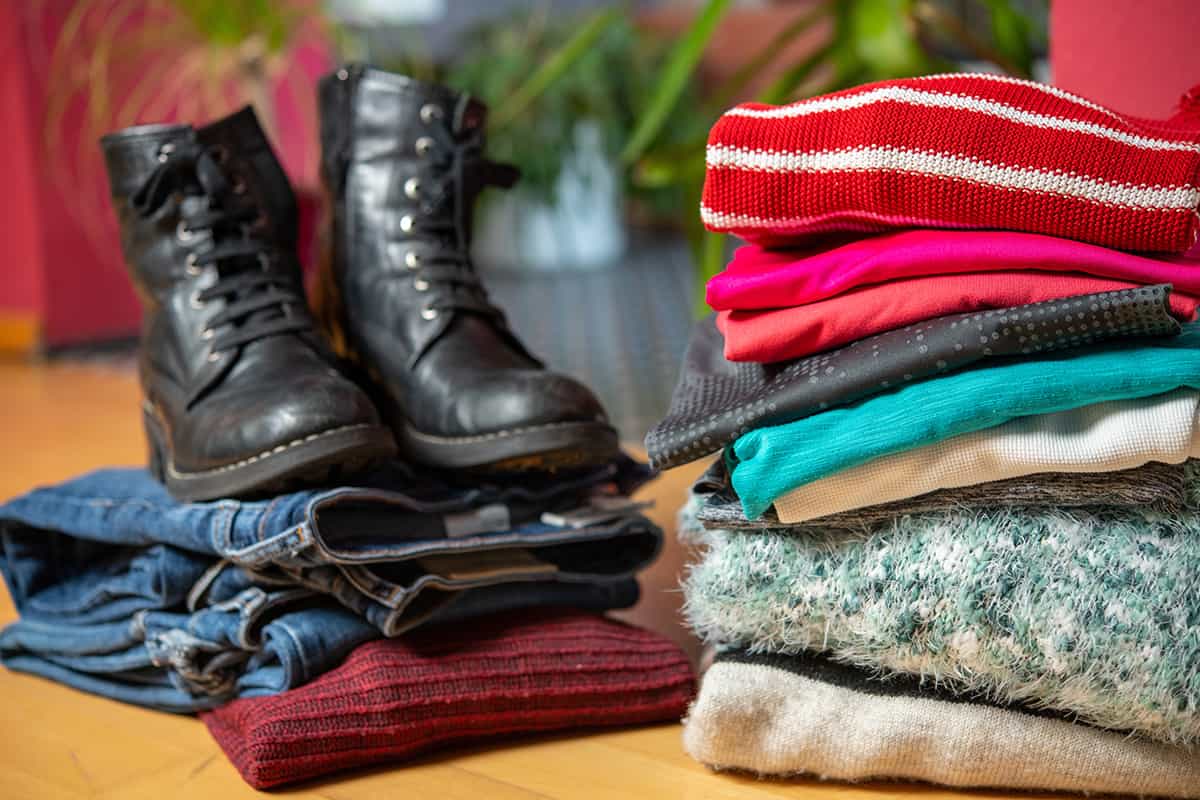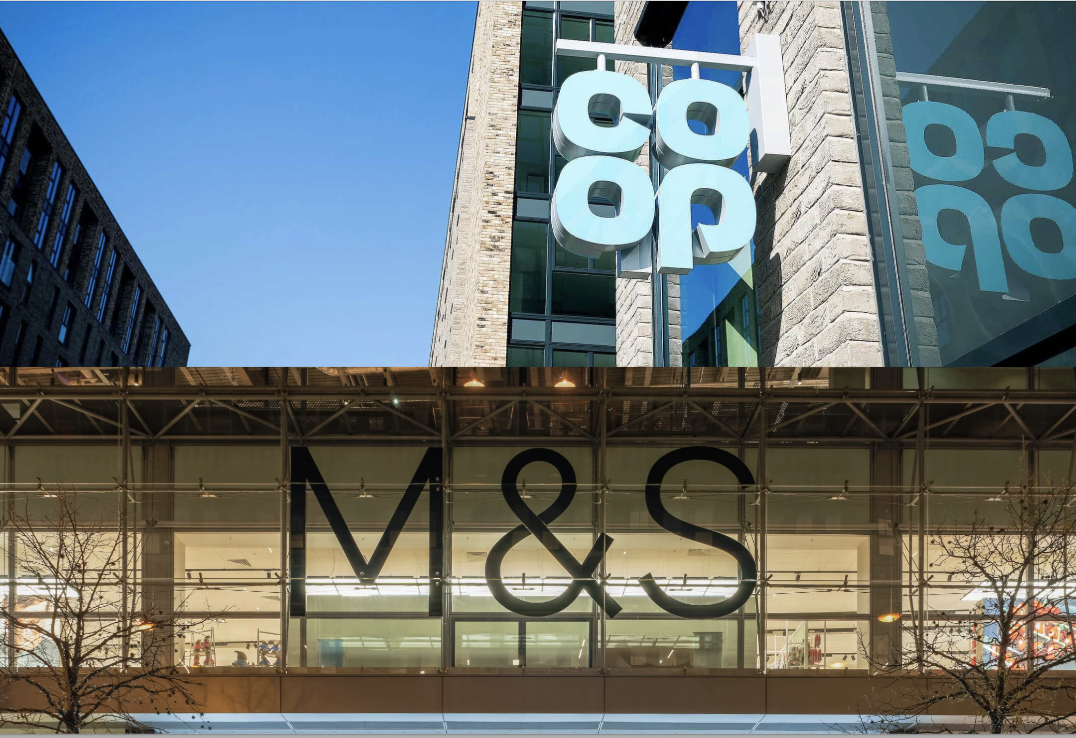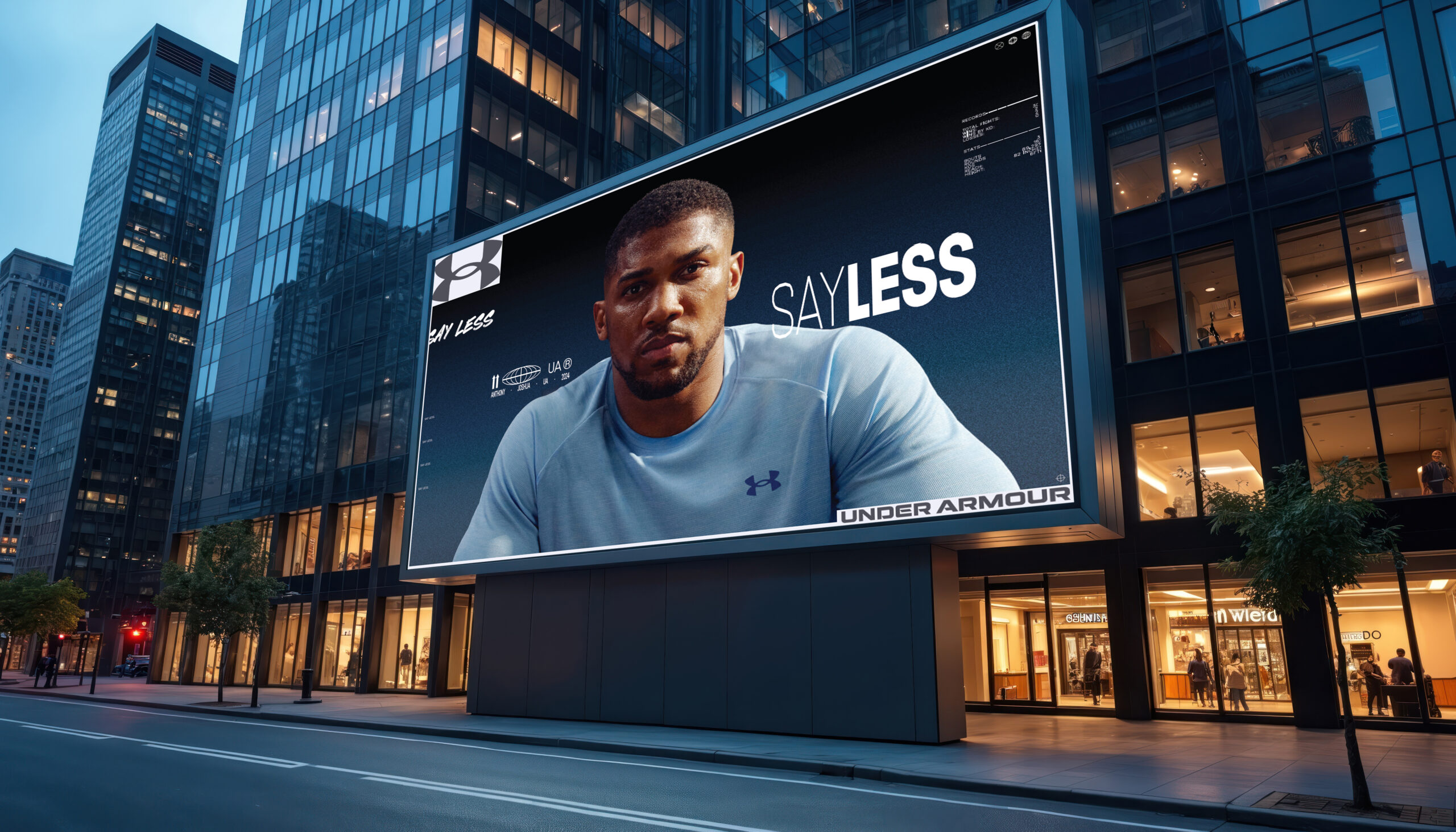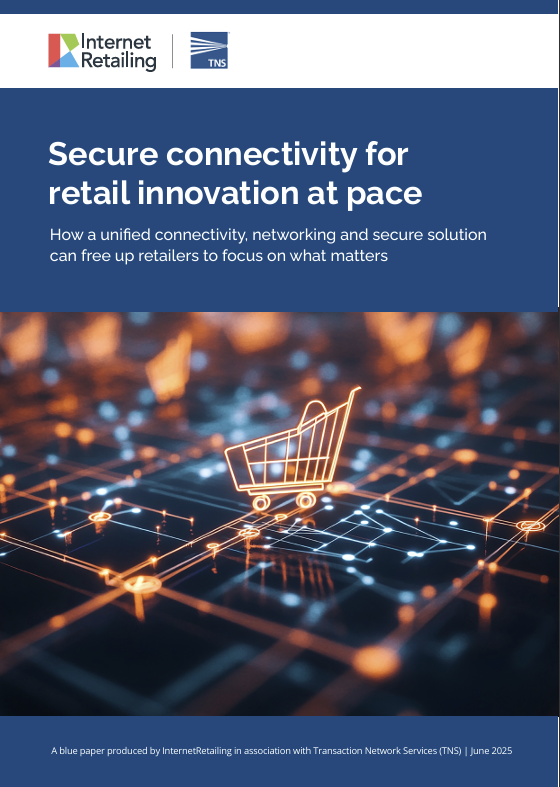The news that both John Lewis [IRDX RJLP] – an Elite retailer in IRUK Top500 research – and Argos [IRDX RARG] have both seen sales on mobile rocket should come as no surprise. The rise of the mobile is inevitable as it is solid.
It’s happening right across retail, in fact, with the latest figures from the IMRG/Cap Gemini eRetail Sales Index showing that mobile now accounts for more than 50% of e-commerce sales – with 34% of those now coming from smartphones.
The full picture of how mobile retail is going to play out is how clear: smartphones for browsing and buying – and as more and more shoppers look to also do this in store, the circle is finally closing.
John Lewis sales on mobile are up 34%, while Argos is seeing some 28% of all sales coming from mobile. Both brands, however, join the growing ranks of analysts and retailers who see that bringing the wonders of the online world into the store – plus offering a range of other reasons to come to the actual shop, such as cafes, sushi and the like in John Lewis’ case – is increasingly vital.
Last week we reported on how consumers increasingly want online experiences in-store and that experience is the watchword for today’s shopper – give them great experiences and they will be more loyal and spend more, so the reasoning goes.
Already, John Lewis sister supermarket Waitrose has launched a trial of self-scanning of goods with its mobile app for loyal myWaitrose shoppers, showing that it knows that mobile is not only key to e-commerce, but is also increasingly vital to in-store.
Now a study by customer engagement specialist ContactLab, suggests that luxury brands are perhaps the worst at offering these in-store mobile services and that it is costing them dear.
What is interesting in the ContactLab study are the stats around online instore experience. While the study – and its accompanying white paper – are aimed very much at luxury brands, there is much that all retailers with physical stores could do well to bear in mind.
The stand out factoid is that consumers buying luxury goods both online and in-store spend around 50% more per year than in-store only customers. Now, this is just for lux brands, but I would wager that its not that much different for your semi-affluent shoppers who use the likes of John Lewis, Next and so on. It’s certainly worth bearing in mind.
The move towards bringing online into the store has never been more pressing. As we have said many times, consumers are way ahead of retailers in what they expect and the brands that first close that gap – be it simply through offering free Wi-Fi right through to having a totally integrated online-instore offiering – are going to be the winners.
Strategically this is part of your omni-channel strategy, but tactically it needs to be made to not only work for you, the retailer, but also to be designed to offer a simple, slick and compelling customers experience.
And there’s that word again: experience. This is what it comes down to – putting all you have learned from developing apps and m-web, kiosks, store design and website management, content marketing and hundreds of years of understanding footfall and making it all work together for the customer.
Now that is quite a challenge. I am hoping that we will all learn how to do this at Internet Retailing Expo next month, in both the mobile sessions and the in-store sessions. I certainly will be taking notes.
